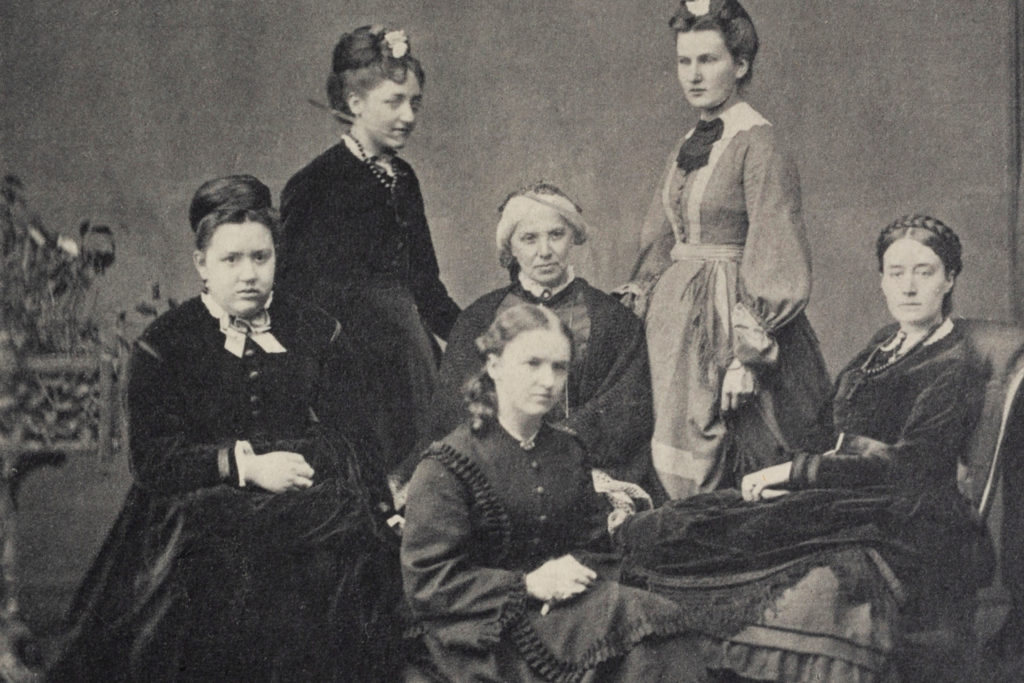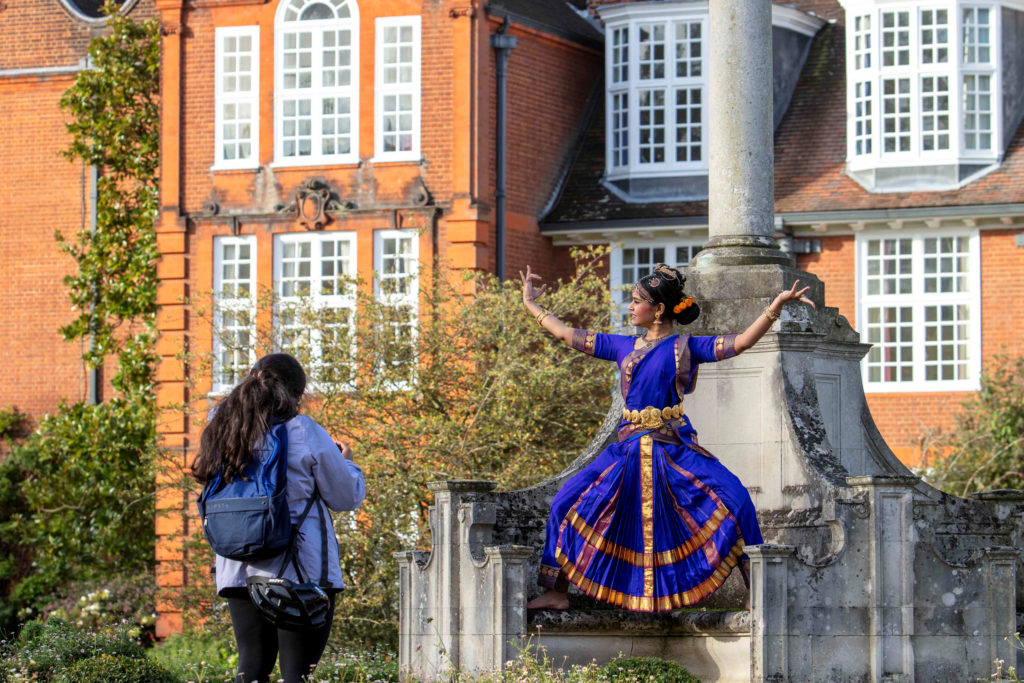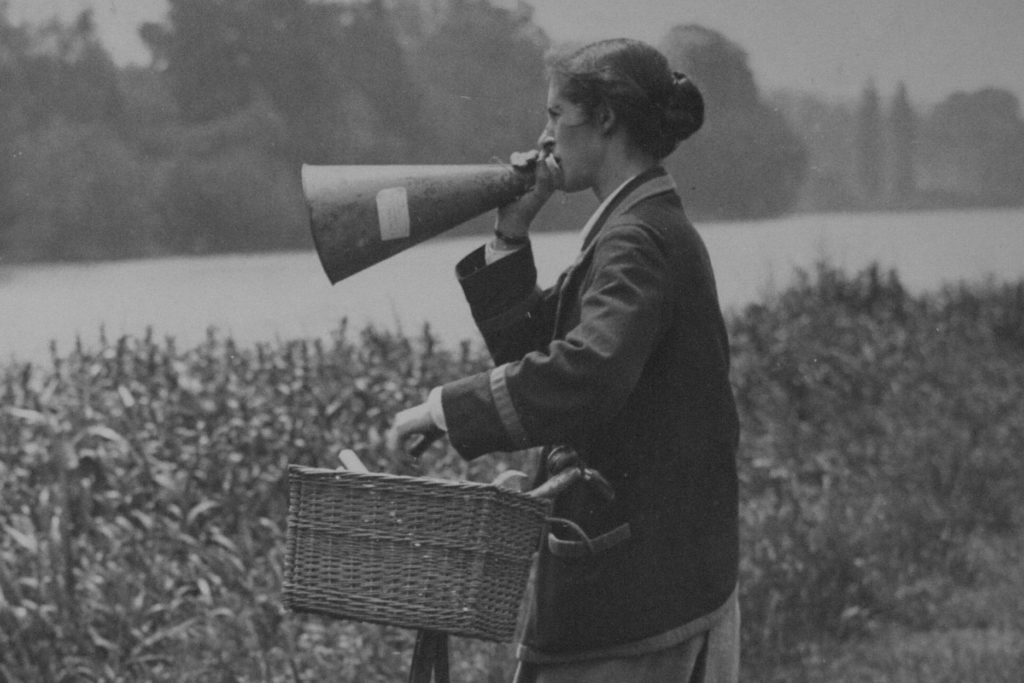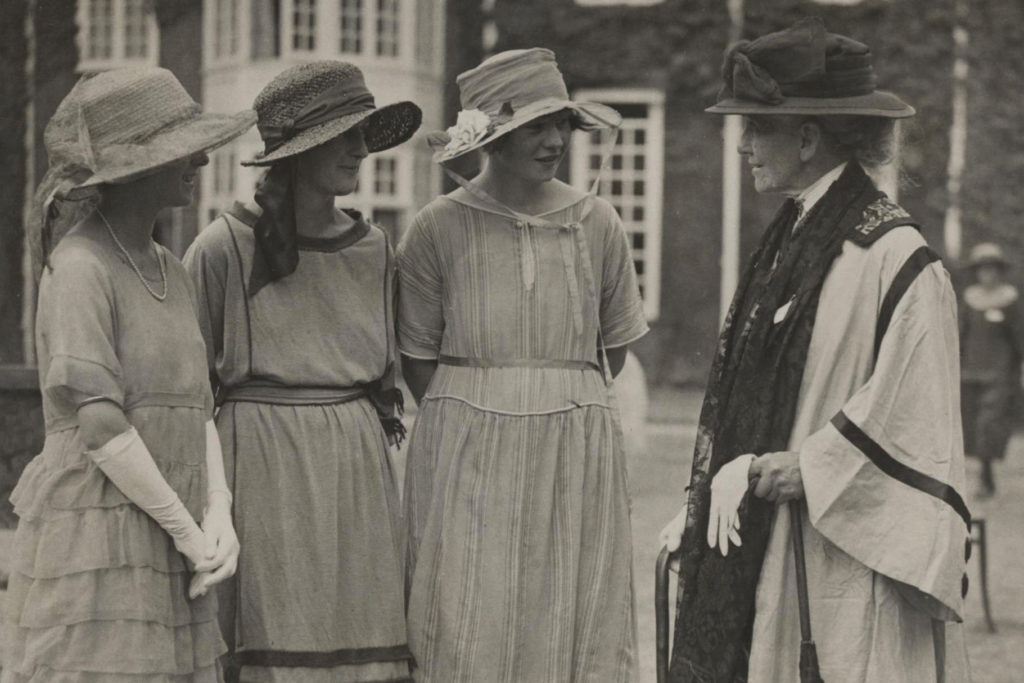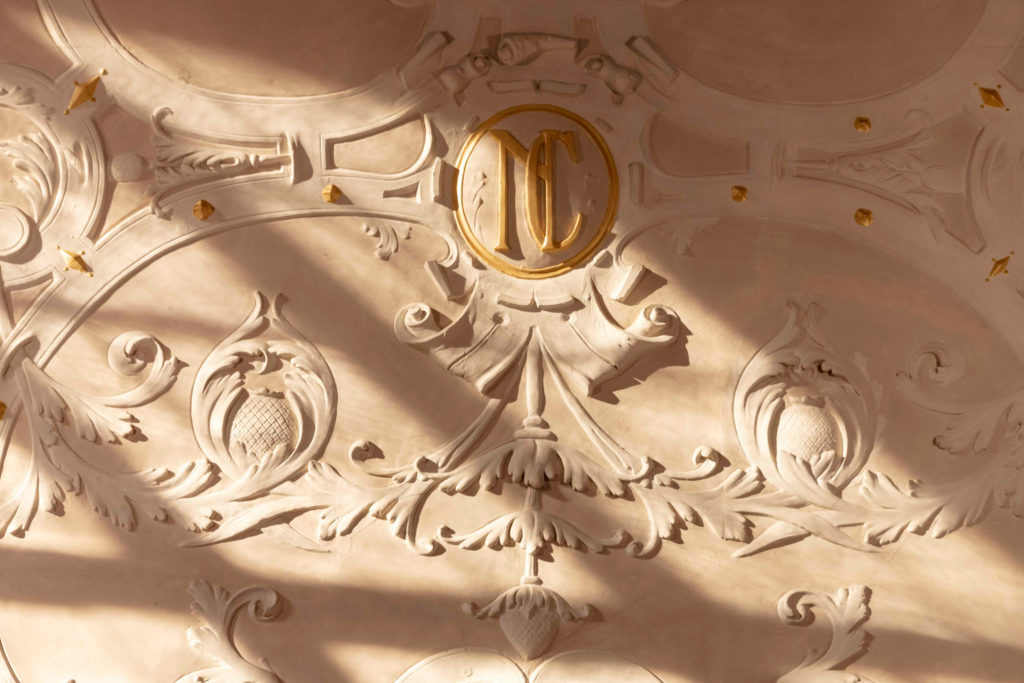This session was available ‘On Demand’ until July 27.
LYNN HULSE IS PASSIONATE ABOUT EMBROIDERY AS CRAFT AND ART, AND HAS DEVOTED HER CAREER TO RESEARCHING IT, TEACHING IT AND CURATING ITS FINEST EXAMPLES
IN THIS 45-MINUTE TALK, SHE EXPLORES HOW DECORATIVE NEEDLEWORK BECAME RECOGNISED AS A PROPER ART FORM IN THE LATE NINETEENTH CENTURY
Since the Renaissance, the decorative arts in general, and textiles in particular, had occupied an inferior position in Western art. In bridging the gap that separated the ‘greater’ from the ‘lesser’ arts, William Morris and his contemporaries sought to elevate the embroiderer’s craft from a trifling pastime, brought into disrepute by the ‘uselessness and ugliness’ of fancy work, to a serious art form.
The term ‘art embroidery’, which first appeared in print in the early 1870s, denoted more than the mechanical execution of the stitches. For a work to be ‘artistic’, it also required invention in the selection and arrangement of colours, the choice of suitable materials and, above all, good design based on an appreciation of the intellectual quality of English medieval embroidery, the apogee of needle-art. Dr Lynn Hulse considers the movements that led to the revival of decorative needlework during the second half of the nineteenth century and the features that set art embroidery apart from all other kinds of fancy work.

ABOUT THE CONTRIBUTOR
LYNN HULSE is a former postdoctoral research Fellow at Clare Hall and has held positions as Archivist at the Royal School of Needlework and Visiting Research Fellow at the Victoria and Albert Museum. She is a co-founder of Ornamental Embroidery, which specialises in the teaching and designing of historic hand stitch, and runs workshops in museums, art galleries and historic houses across the UK. Lynn has published widely on the development of art embroidery and is the editor of May Morris: Art and Life (2017), longlisted for the 2018 William M. B. Berger prize in British Art History, and The Needle’s Excellency: English Raised Embroidery (2018).
Dr Lynn Hulse pictured in the reception room at Girton College where Lady Julia Carew’s ‘Tree of Life’ embroidered panels adorn the walls. Photograph by Ben Taylor.
Lead Image Credit: Olive and Rose firescreen, designed by William Morris, c. 1880, stitched by the embroidery workshop at Morris & Co., early 1890s. Private Collection.

